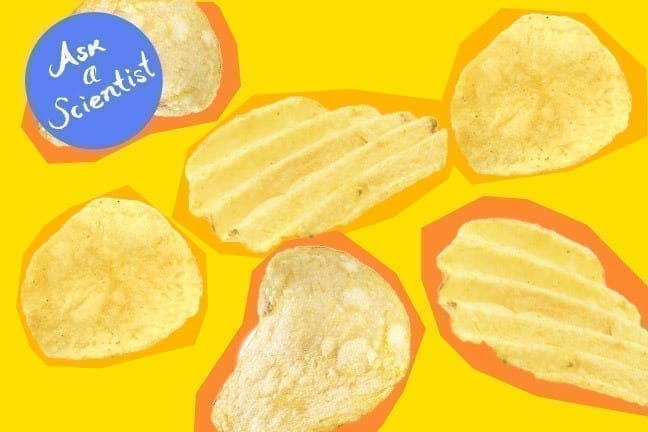The Scientist: JJ Virgin, a nutritionist and author of the Virgin Diet and the Virgin Diet Cookbook
The Answer: The difference between kettle chips and standard potato chips is the cooking process. Whereas your basic bagged chip is fried in a conveyer-belt-like continuous process, kettle chips have a pre-industrial pedigree. They’re made in batches—dunk a bunch, take them out, dunk a bunch more. When a new batch of potatoes is added, it lowers the temperature of the oil, which means the chips take longer to cook, which results in their irregular shape, darkened parts and thicker texture.
But that’s about where the differences end.If you compare a bag of kettle chips to a bag of regular potato chips, they’ll probably have nearly identical ingredient lists, and the same amount of fat, calories and carbohydrates. Once in your body, they’ll be broken down into sugar, set off a surge of insulin and cause excess sugar to be stored as fat. (Tasty browned edges or not.)
You could argue that kettle chips have a slight edge on account of the lower temperature of the oil, as the high temperature of conventional methods oxidizes the cooking oil, creating damaging free radicals. But that’s a pretty insignificant bonus. At the end of the day, a potato chip—fried, kettle cooked or even baked—is still a potato chip.
READ MORE: Snack Swap: Healthy Options to Satisfy Your Common Cravings




































